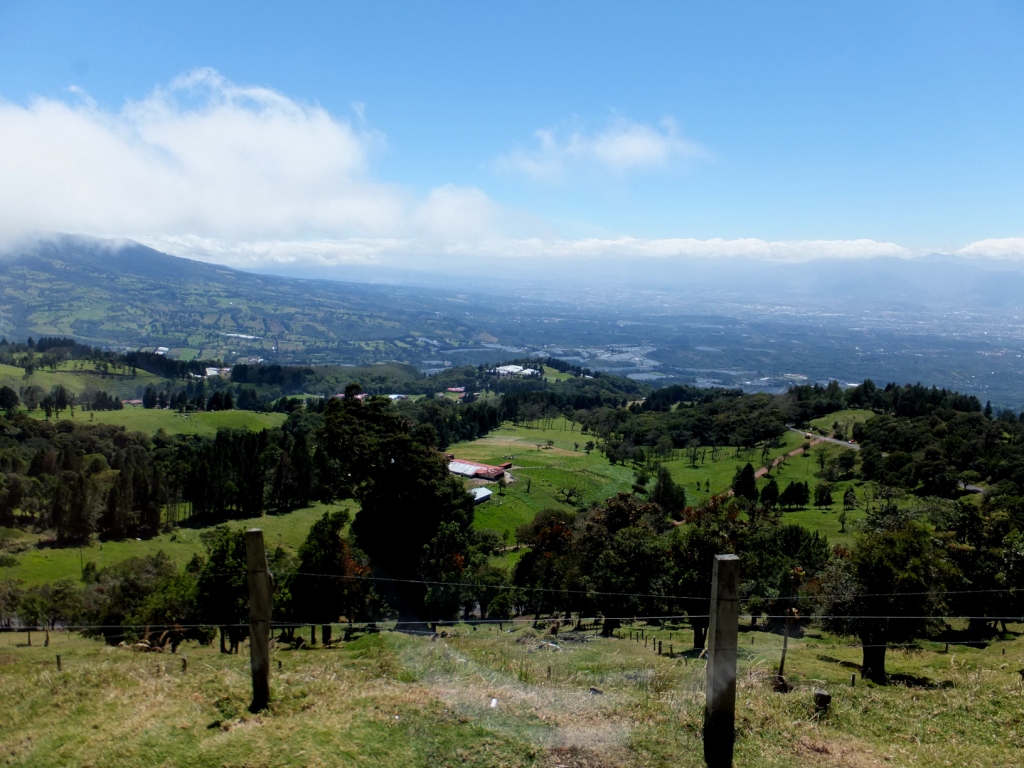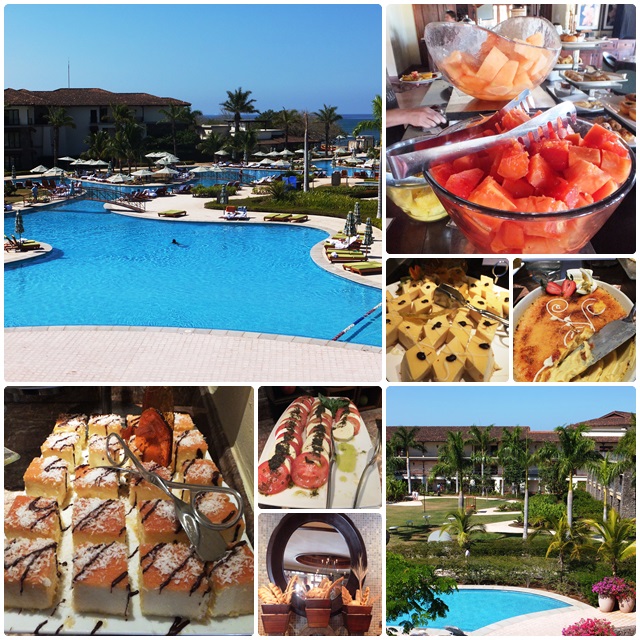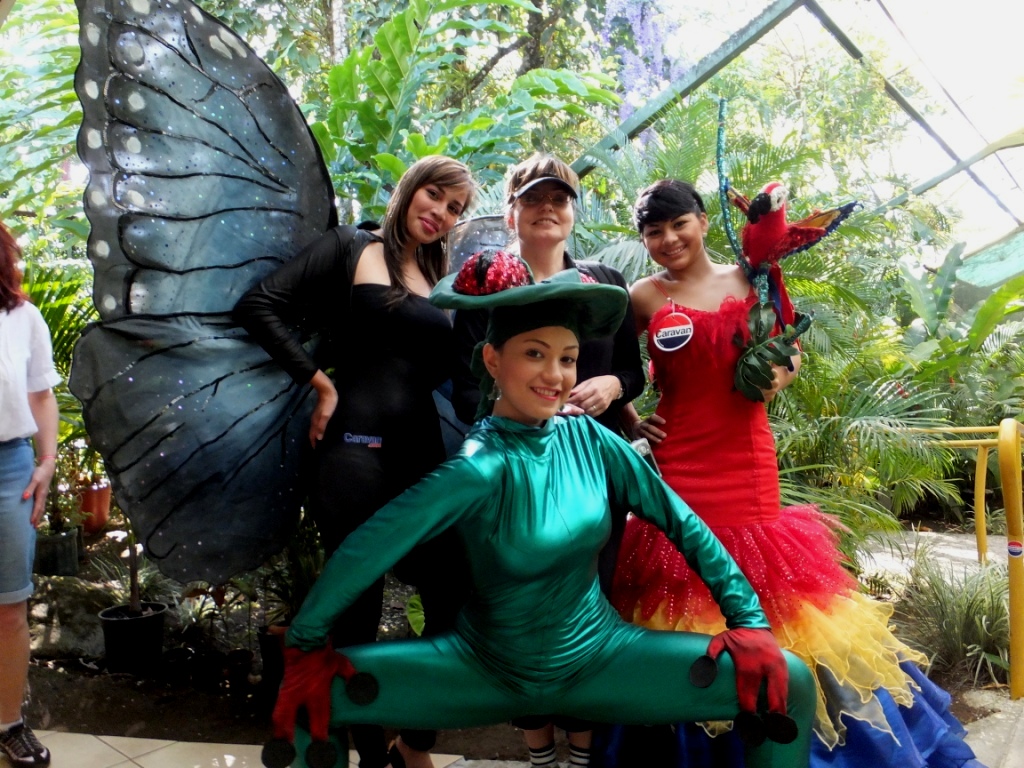The Arenal area of Costa Rica had really impressed me with it lush scenery and the gorgeous Arenal Springs Resort with the domineering Arenal Volcano as a backdrop. On February 14, 2013 we left our volcanic paradise in La Fortuna very early in the morning and drove in the rain to Arenal Hanging Bridges, one of Costa Rica’s most important eco-tourism projects. Our big tour bus turned off the highway and expertly snaked its way up a narrow road to the parking lot of Arenal Hanging Bridges where we all had a chance to buy some rain ponchos to protect us from the drizzly weather.
Arenal Hanging Bridges is one of Costa Rica’s proud examples of eco-tourism. On almost 250 hectares of tropical rain forest, a system of trails and hanging bridges allows visitors to get close to nature and experience a tropical rainforest. The entire complex was designed by civil engineers, and the hanging bridges meet the strictest safety requirements with their aluminum, steel and concrete construction.
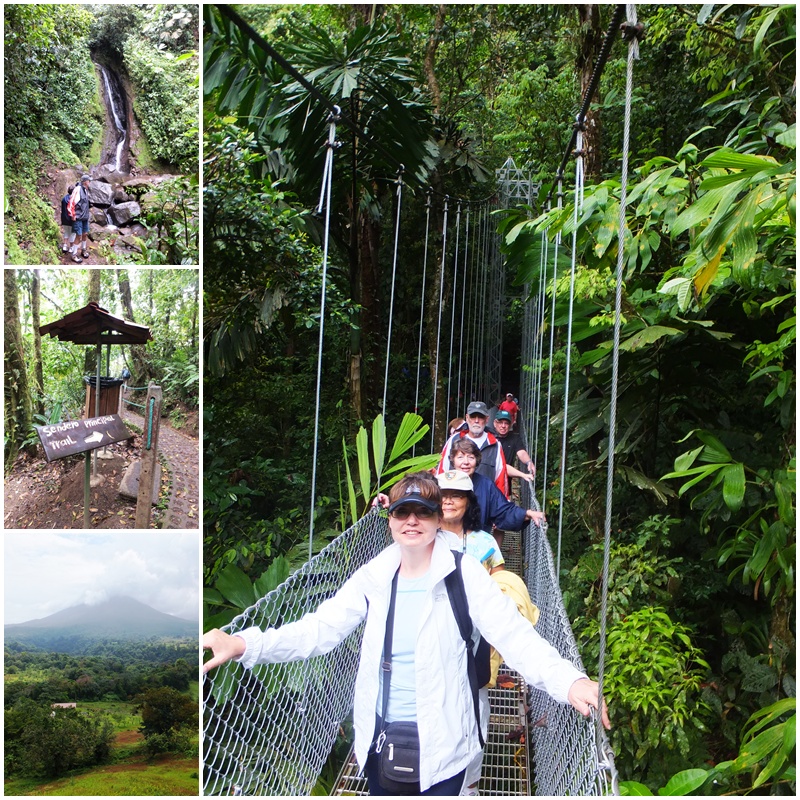
Arenal Hanging Bridges has a total of 16 bridges, 10 of which have a traditional fixed construction while 6 of them are designed as hanging bridges where you can experience the rainforest, suspended high above deep ravines. The hanging bridges were a lot of fun until some members of our travel group decided it would be even more fun if they made the bridge sway a bit. When the bridge started moving below my feet and we started swinging from left to right, I ran the last few meters to the other side to get back on solid ground. Naturally, these comedians chose the highest bridge for their practical joke, with an altitude of 45 metres. Needless to say, swinging the bridge is strictly forbidden, but this episode confirmed that the bridge construction is indeed strong and safe.
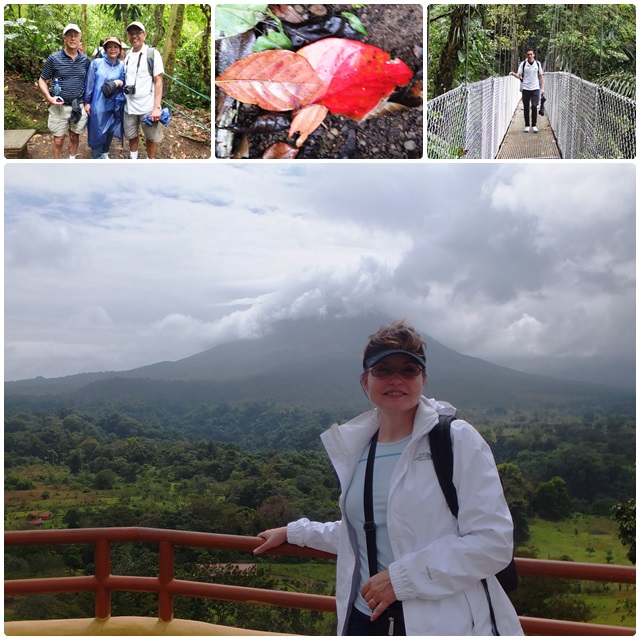
An expert naturalist accompanied us and explained the various trees and plants to us. After we arrived back at the welcome centre, our group congregated on the back terrace from where we had a phenomenal view of the Arenal Volcano. Then we got back in the bus and drove for a while beside Lake Arenal, an artificial lake next to the volcano that was created in 1979 during the construction of a hydro-generating project. The towns of Arenal and Tonadora were flooded and are now at the bottom of the lake while the population was relocated.
This hydro-electric project originally generated 70% of Costa Rica’s electricity needs while it still supplies about 17% of Costa Rica’s energy needs today. Lake Arenal has become a popular recreation area as well where people can go fishing and bird watching to see kingfishers, hummingbirds, toucans and woodpeckers. The surrounding area also has great biodiversity and is home to jaguars, tapirs and quetzal birds.
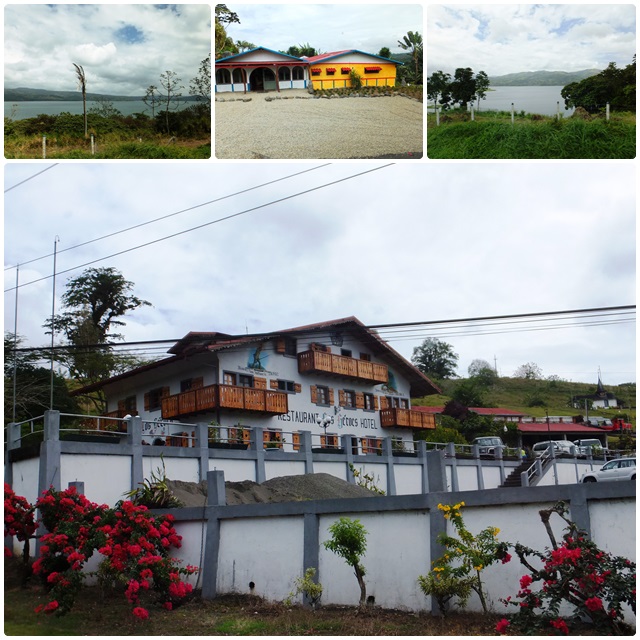
We drove around Lake Arenal from the north to the west side and passed by “Los Heroes”, a replica of a Swiss village that evolved out of a small hotel, two restaurants – one of which is revolving, a chapel and even a train station. This complex is located close to the Tabacon Hot Springs where people go to enjoy a natural hot water fall and a naturally turbulent Jacuzzi. The Arenal area holds a lot of surprises.
